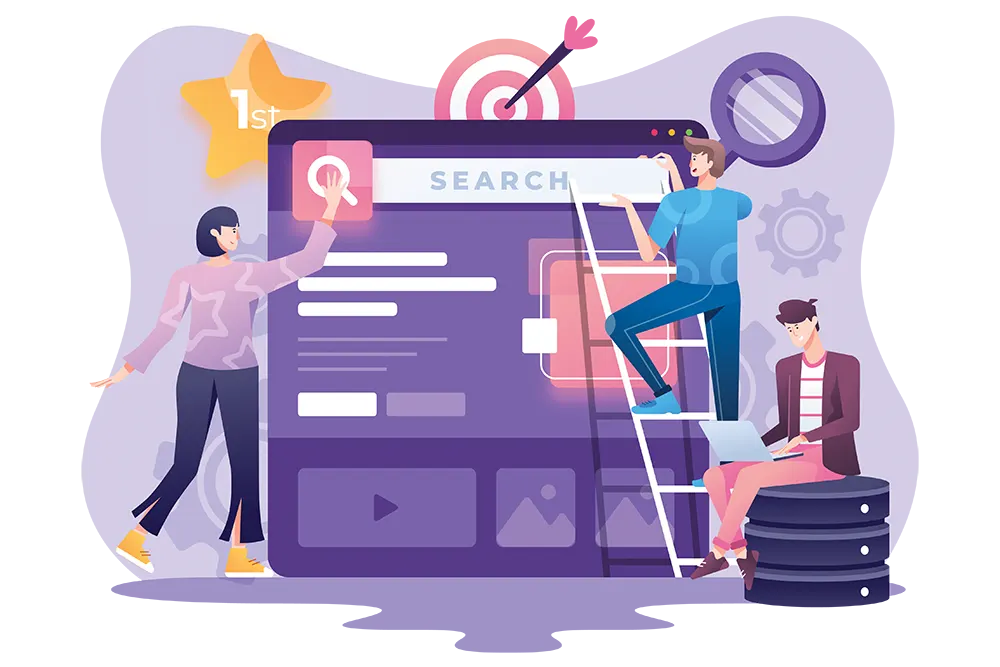Alttext.ai in 2025: Revolutionizing Accessibility and SEO with AI-Powered Alt Text

What is Alt Text and Why Does It Matter for Websites? If you’ve ever wondered how websites make images accessible or climb higher in search rankings, alt text is a big part of the answer. Alt text, short for alternative text, is a brief description added to an image’s HTML code. It serves two key […]
Is SEO Dead in 2025? Here’s the Truth (And How to Win at Modern SEO)

If you’ve been wondering, “Is SEO dead?” — you’re not alone, I was too. With all the changes in search algorithms, AI-powered tools, and Google’s evolving Search Generative Experience (SGE), many marketers are asking the same thing. But let’s set the record straight: SEO is not dead. It’s just growing up. Famous old-school tactics […]
Building high-quality backlinks

Building high-quality backlinks is crucial for improving your website’s search engine rankings and driving organic traffic. Here are some practical strategies to help you build good links for your website: 1. Create Compelling Content: Producing high-quality, informative, and engaging content is the foundation of a successful link-building strategy. Develop valuable resources such as blog posts, […]
How to use images in web pages for maximum SEO performance
Web Developer productivity Tools ( Lazy guys toolkit)
https://json-csv.com/A tool that coverts JSON objects snatched from html pages in to excelsheets where you can manipulate data as you want.
June 23rd – 25th Google Search Algorithm Update Seems Real
Lot of Search Engine Experts are claiming that Google has updated its Panda and Penguin algorithms between 23rd and 25th of June. Search Experts came to this conclusion after observing the SERP ( Search Engine Ranking Position) variation of my websites. Althout its too early to find what exactly has changed in the algorithm, many […]
Google Plans to Replace Google Site Search with Custom Search Engine ( CSE )
Google plans to discontinue Google Site Search, a product it has sold to web publishers that wanted to apply the industry’s leading search technology to their own sites. CSE Sign up for the basics is free, but should you need to remove Google branding and adverts , then it starts from USD 100 a year! […]




